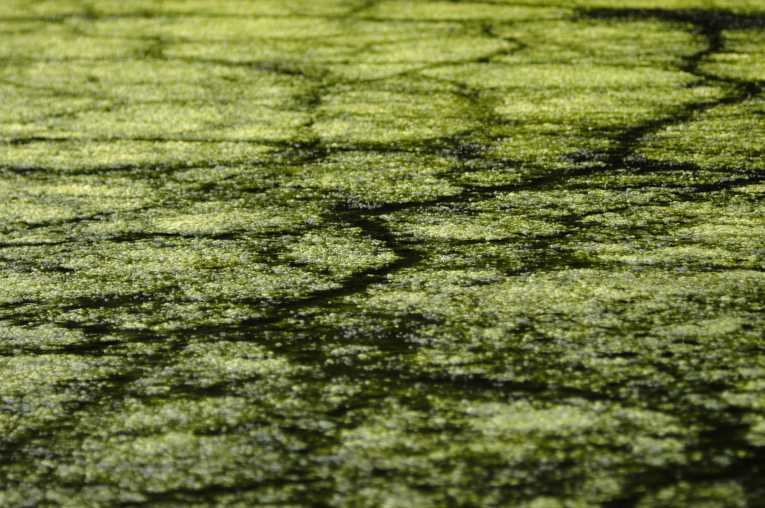Captain Robert Falcon Scott's attempt on the South Pole ended in tragedy for the explorer and his team, but his work lives on and organisms collected by Scott a century ago are being used to study increases in carbon.
Scientists have been examining tiny creatures called bryozoans. These sea-bed dwellers feed on microscopically small marine plants called phytoplankton, which need carbon dioxide to survive.
By comparing the size of bryozoans collected nearly a century ago by Scott with those harvested by subsequent Antarctic surveys, up to and including the Census of Antarctic Marine Life of 2007-8, scientists have determined that there' now more food available to bryozoans.
Dr Dave Barnes of the British Antarctic Survey said: ''For the first time we've been able to use the longest record of animal growth as evidence of rapid recent change to life on the seabed. Scott's biological collections are considerable in quality and quantity and will continue to become even more valuable for determining how life responds to change across time. Few biological studies in Antarctica go back more than 30 years, so these data are invaluable and highlight the importance of long-term monitoring.''
Bryozoans, which look rather like small twigs, are generally confined to shallow waters and can only grow to a certain height before ocean currents snap them off. This, says the report published in Current Biology, has been happening much more quickly since 1990. The carbon in the bryozoans is then stored in the sea bed.










